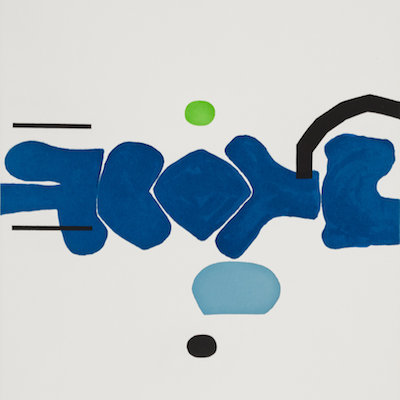
Details
Artist
Styles
Complete set of 10 serigraphs that come in pairs: one serigraph on paper and the other one on transparent plastic sheet (plexi). When position one above another they provide an optical game by superposition - Published by Editions du Griffon, Neuchatel, Switzerland - Framed size: 27 x 32 x 4 cm - Image size: 29 x 24 cm // The Cinetiques Portfolio by Victor Vasarely, created in 1973, is a set of 10 serigraphs that brilliantly encapsulates his exploration of optical art. Each artwork in this portfolio comprises two layers: a serigraph on paper and a transparent plastic sheet (plexi) with complementary designs. When layered, these elements create an interactive optical effect, with patterns appearing to shift and vibrate as the viewer’s perspective changes. Vasarely’s use of geometric shapes and precise lines generates dynamic, moiré-like effects, drawing the eye into an ever-shifting visual experience. Published by Editions du Griffon in Switzerland, this set exemplifies Vasarely’s innovative approach to perception, space, and movement. Each framed piece measures 27 x 32 x 4 cm, with an image size of 29 x 24 cm, and the superimposed layers provide an engaging optical game through their layered compositions.
Cinetiques portfolio, 1973
form
Medium
Size
32 x 27 X 4 cm
- Inches
- Centimeters
Edition
Price
- USD
- EUR
- GBP
Details
Artist
Styles
Complete set of 10 serigraphs that come in pairs: one serigraph on paper and the other one on transparent plastic sheet (plexi). When position one above another they provide an optical game by superposition - Published by Editions du Griffon, Neuchatel, Switzerland - Framed size: 27 x 32 x 4 cm - Image size: 29 x 24 cm // The Cinetiques Portfolio by Victor Vasarely, created in 1973, is a set of 10 serigraphs that brilliantly encapsulates his exploration of optical art. Each artwork in this portfolio comprises two layers: a serigraph on paper and a transparent plastic sheet (plexi) with complementary designs. When layered, these elements create an interactive optical effect, with patterns appearing to shift and vibrate as the viewer’s perspective changes. Vasarely’s use of geometric shapes and precise lines generates dynamic, moiré-like effects, drawing the eye into an ever-shifting visual experience. Published by Editions du Griffon in Switzerland, this set exemplifies Vasarely’s innovative approach to perception, space, and movement. Each framed piece measures 27 x 32 x 4 cm, with an image size of 29 x 24 cm, and the superimposed layers provide an engaging optical game through their layered compositions.
- Recently Added
- Price (low-high )
- Price (high-low )
- Year (low-high )
- Year (high-low )
What is constructivism?
Constructivism is an architectural and artistic philosophy of Russian origin that emerged as a rejection of the idea of autonomous art. The movement advocated for art to serve practical social purposes. Since its inception in 1919, Constructivism has evolved and significantly impacted 20th-century art movements, influencing major trends such as De Stijl and Bauhaus.






































































